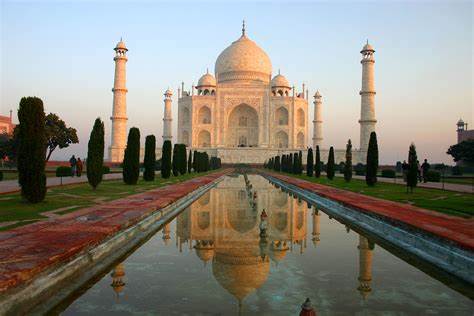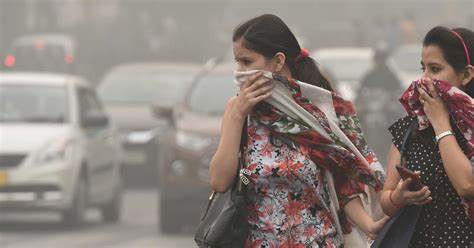Unraveling the Factors Behind New Delhi’s Severe Air Pollution
New Delhi, the bustling capital of India, has become synonymous with a grave environmental crisis —severe air pollution. The city’s atmospheric conditions often hit hazardous levels, posing significant health risks and impacting the quality of life for its residents.
The situation has gained global attention, raising concerns about the underlying causes and the pressing need for comprehensive solutions.
The Perfect Storm: Multiple Factors Converging
Several interwoven factors contribute to the alarming levels of air pollution in New Delhi, creating a perfect storm that intensifies the issue:
1. Vehicular Emissions
The ever-increasing number of vehicles on Delhi’s roads is a primary contributor to air pollution. The city’s infrastructure struggles to accommodate this burgeoning vehicular population, resulting in traffic congestion and prolonged idling, which releases harmful pollutants like nitrogen dioxide and particulate matter (PM).
2. Industrial Activities
Industrial emissions from factories and manufacturing units in and around Delhi significantly add to the pollution levels. Despite regulations, some industries continue to operate without stringent environmental compliance, releasing pollutants into the air.
3. Agricultural Burning
The practice of crop residue burning in neighboring states, particularly during the post-harvest season, further compounds the problem. The smoke and pollutants generated from these agricultural fires drift into Delhi, significantly deteriorating air quality.
4. Construction and Dust
The city’s construction boom generates copious amounts of dust, contributing to particulate matter in the air. Poorly managed construction sites and inadequate dust control measures exacerbate the problem.
5. Geographical and Climatic Factors
New Delhi’s geographical location and climatic conditions exacerbate its pollution woes. Being landlocked and surrounded by geographical features that trap pollutants, combined with weather patterns that inhibit dispersion, the city becomes a receptacle for pollutants, allowing them to accumulate.
Impact on Health and Quality of Life:
The ramifications of the persistently poor air quality are dire. Residents, especially children and the elderly, suffer from respiratory issues, allergies, and aggravated chronic conditions like asthma. Prolonged exposure to such pollution heightens the risk of cardiovascular diseases and lung cancer, adversely affecting the overall well-being of the populace.
Addressing the Crisis: Steps Taken and Future Endeavors
Recognizing the severity of the issue, both governmental and non-governmental entities have implemented measures to curb pollution:
- Odd-Even Rule: Temporary measures like the odd-even vehicle scheme were introduced to limit vehicular emissions.
- Industrial Regulations: Stricter regulations have been enforced to monitor and control industrial emissions.
- Promotion of Renewable Energy: Initiatives to promote renewable energy sources and reduce dependency on fossil fuels have been encouraged.
- Awareness and Advocacy: Public awareness campaigns and citizen-driven initiatives have aimed at promoting sustainable practices and reducing individual contributions to pollution.
However, a holistic and sustained approach is imperative to combat this crisis effectively. Investments in public transportation, transitioning to cleaner energy sources, stringent enforcement of environmental regulations, and international collaboration among neighboring states are essential steps toward mitigating Delhi’s air pollution.
The severity of air pollution in New Delhi is a multifaceted issue stemming from vehicular emissions, industrial activities, agricultural practices, and geographical constraints. The collective efforts of policymakers, industry stakeholders, and the public are crucial to implementing long-term sustainable solutions. Only through concerted action and a commitment to environmental stewardship can New Delhi breathe easier and reclaim its skies from the choking grasp of pollution.


